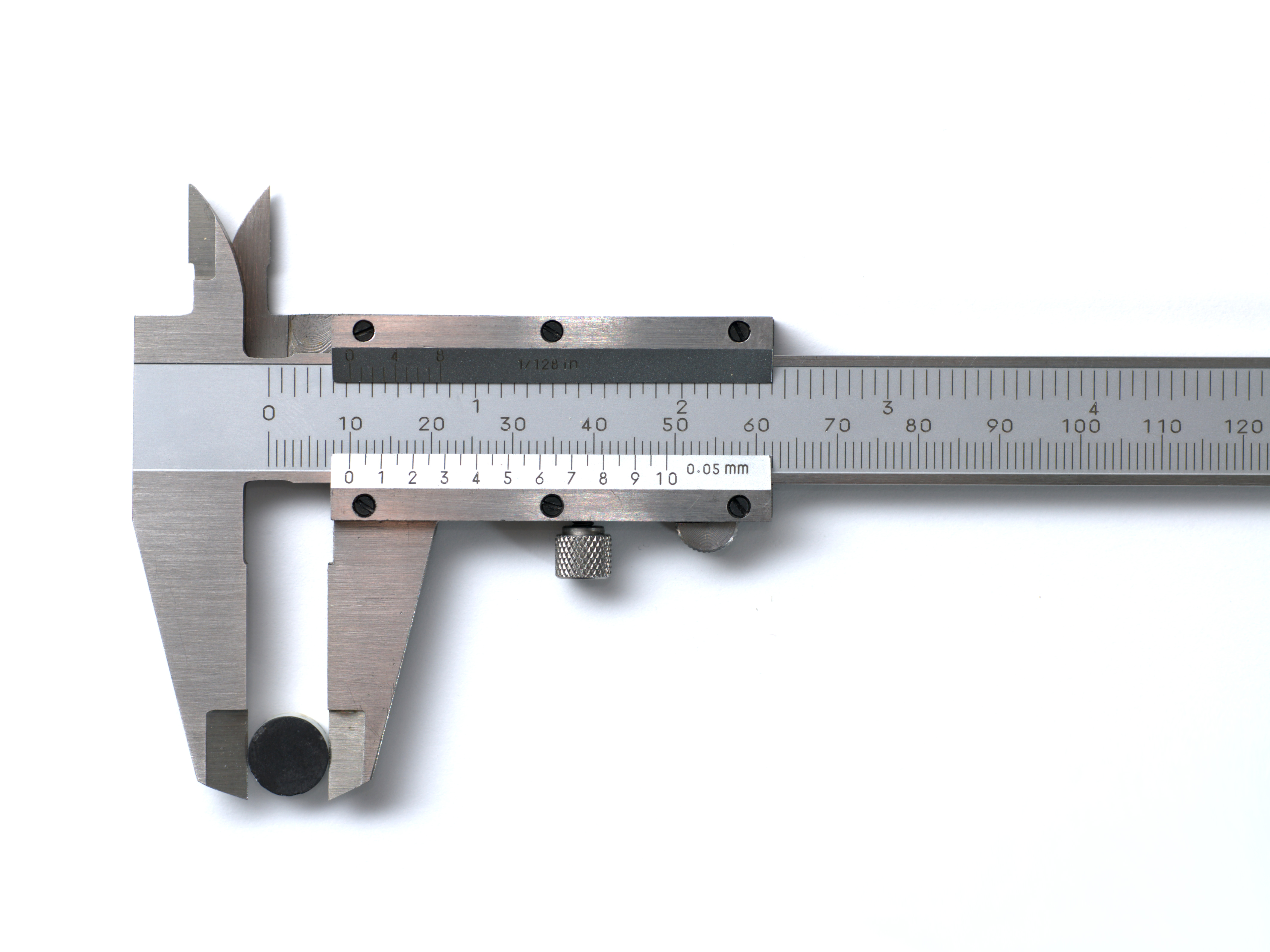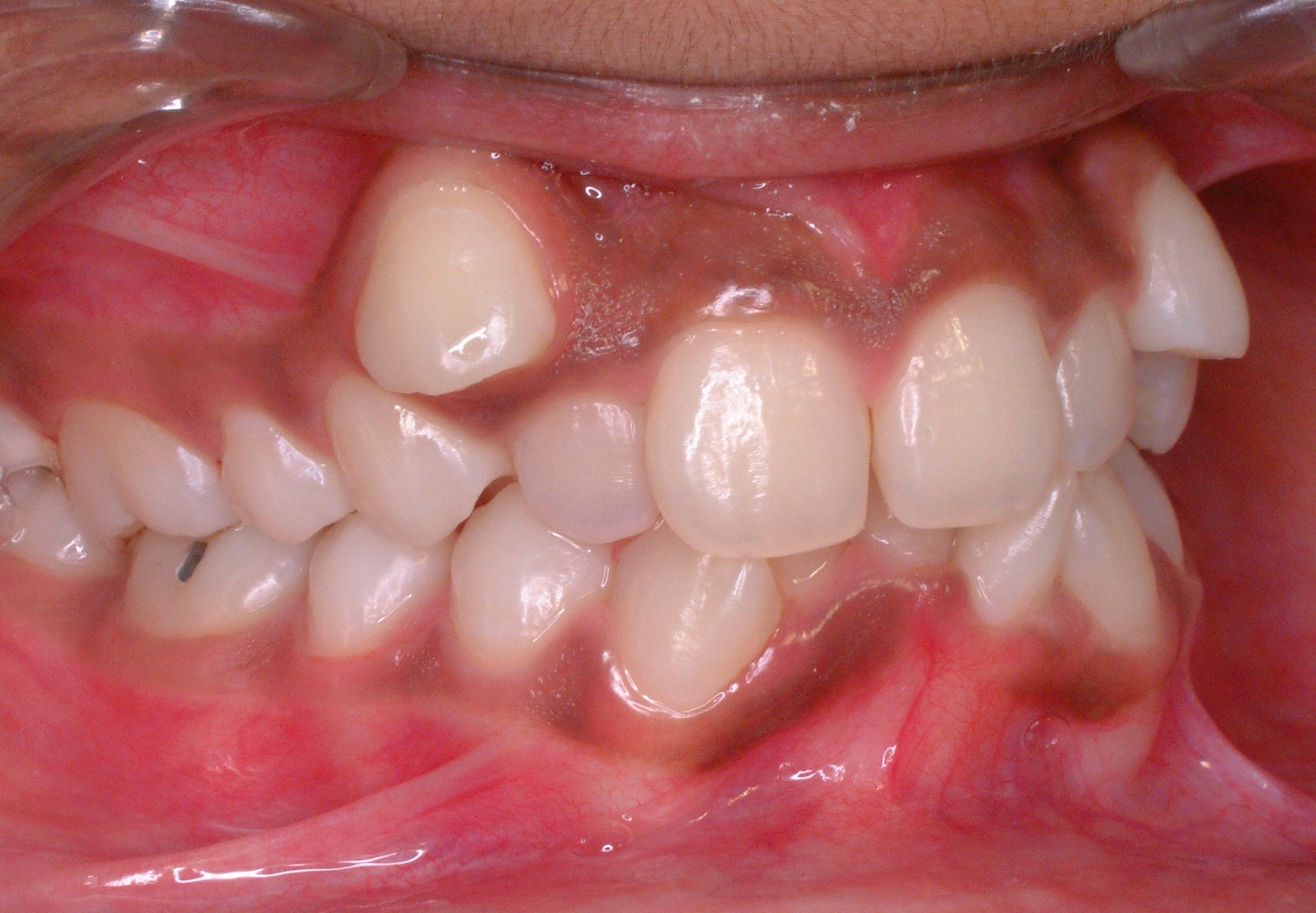|
Little's Irregularity Index
Little's Irregularity Index is an index used in the field of Orthodontics to measure the crowding of Mandibular anterior arch. The index was first proposed by Robert M. Little in 1975 in his paper ''The Irregularity Index: A quantitative score of mandibular anterior alignment''. The index takes the anatomical contact points of anterior Incisors into account. A contact point is created by touching of edges of two different teeth. During mandibular crowding, teeth are often rotated, displaced either palatally or buccally. The Little's irregularity index measures the horizontal linear displacement of anatomic contact points of each mandibular incisor from the adjacent anatomic point and sums the five displacement together. Once summed, the value represents the degree of anterior irregularity. A perfect alignment from canine to canine will yield a score of 0 on the Irregularity Index. As the crowding increases, the score will increase. Little used Dial Calipers in his study to measur ... [...More Info...] [...Related Items...] OR: [Wikipedia] [Google] [Baidu] |
Orthodontics
Orthodontics is a dentistry specialty that addresses the diagnosis, prevention, management, and correction of mal-positioned teeth and jaws, and misaligned bite patterns. It may also address the modification of facial growth, known as dentofacial orthopedics. Abnormal alignment of the teeth and jaws is very common. Nearly 50% of the developed world's population, according to the American Association of Orthodontics, has malocclusions severe enough to benefit from orthodontic treatment: although this figure decreases to less than 10% according to the same AAO statement when referring to medically necessary orthodontics. However, conclusive scientific evidence for the health benefits of orthodontic treatment is lacking, although patients with completed orthodontic treatment have reported a higher quality of life than that of untreated patients undergoing orthodontic treatment. Treatment may require several months to a few years, and entails using dental braces and other appliances t ... [...More Info...] [...Related Items...] OR: [Wikipedia] [Google] [Baidu] |
Robert M
The name Robert is an ancient Germanic given name, from Proto-Germanic "fame" and "bright" (''Hrōþiberhtaz''). Compare Old Dutch ''Robrecht'' and Old High German ''Hrodebert'' (a compound of '' Hruod'' ( non, Hróðr) "fame, glory, honour, praise, renown" and ''berht'' "bright, light, shining"). It is the second most frequently used given name of ancient Germanic origin. It is also in use as a surname. Another commonly used form of the name is Rupert. After becoming widely used in Continental Europe it entered England in its Old French form ''Robert'', where an Old English cognate form (''Hrēodbēorht'', ''Hrodberht'', ''Hrēodbēorð'', ''Hrœdbœrð'', ''Hrœdberð'', ''Hrōðberχtŕ'') had existed before the Norman Conquest. The feminine version is Roberta. The Italian, Portuguese, and Spanish form is Roberto. Robert is also a common name in many Germanic languages, including English, German, Dutch, Norwegian, Swedish, Scots, Danish, and Icelandic. It can be use ... [...More Info...] [...Related Items...] OR: [Wikipedia] [Google] [Baidu] |
Incisors
Incisors (from Latin ''incidere'', "to cut") are the front teeth present in most mammals. They are located in the premaxilla above and on the mandible below. Humans have a total of eight (two on each side, top and bottom). Opossums have 18, whereas armadillos have none. Structure Adult humans normally have eight incisors, two of each type. The types of incisor are: * maxillary central incisor (upper jaw, closest to the center of the lips) * maxillary lateral incisor (upper jaw, beside the maxillary central incisor) * mandibular central incisor (lower jaw, closest to the center of the lips) * mandibular lateral incisor (lower jaw, beside the mandibular central incisor) Children with a full set of deciduous teeth (primary teeth) also have eight incisors, named the same way as in permanent teeth. Young children may have from zero to eight incisors depending on the stage of their tooth eruption and tooth development. Typically, the mandibular central incisors erupt first, follo ... [...More Info...] [...Related Items...] OR: [Wikipedia] [Google] [Baidu] |
Calipers
A caliper (British spelling also calliper, or in plurale tantum sense a pair of calipers) is a device used to measure the dimensions of an object. Many types of calipers permit reading out a measurement on a ruled scale, a dial, or a digital display. Some calipers can be as simple as a compass with inward or outward-facing points, but no scale. The tips of the caliper are adjusted to fit across the points to be measured and the dimension read by measuring between the tips with another measuring tool, such as a ruler. It is used in many fields such as mechanical engineering, metalworking, forestry, woodworking, science and medicine. Plural vs. singular A single tool might be referred to as a "caliper" or as "calipers", like a pair of scissors or glasses (a "plural only" or ''plurale tantum'' form). In colloquial usage, the phrase "pair of verniers" or just " vernier" might refer to a vernier caliper. Colloquially these phrases can also refer to dial calipers, although they in ... [...More Info...] [...Related Items...] OR: [Wikipedia] [Google] [Baidu] |
Malocclusion
In orthodontics, a malocclusion is a misalignment or incorrect relation between the teeth of the upper and lower dental arches when they approach each other as the jaws close. The English-language term dates from 1864; Edward Angle (1855-1930), the "father of modern orthodontics", popularised it. The word "malocclusion" derives from ''occlusion'', and refers to the manner in which opposing teeth meet ('' mal-'' + ''occlusion'' = "incorrect closure"). The malocclusion classification is based on the relationship of the mesiobuccal cusp of the maxillary first molar and the buccal groove of the mandibular first molar. If this molar relationship exists, then the teeth can align into normal occlusion. According to Angle, malocclusion is any deviation of the occlusion from the ideal. However, assessment for malocclusion should also take into account aesthetics and the impact on functionality. If these aspects are acceptable to the patient despite meeting the formal definition of ... [...More Info...] [...Related Items...] OR: [Wikipedia] [Google] [Baidu] |
Dentition Analysis
Dentition analyses are systems of tooth and jaw measurement used in orthodontics to understand arch space and predict any malocclusion In orthodontics, a malocclusion is a misalignment or incorrect relation between the teeth of the upper and lower dental arches when they approach each other as the jaws close. The English-language term dates from 1864; Edward Angle (1855-19 ... (mal-alignment of the teeth and the bite).{{cite journal, last1=Ngan, first1=P, title=Management of space problems in the primary and mixed dentitions, journal=Journal of the American Dental Association Example systems of dentition analysis are listed below. Permanent dentition (adult teeth) analysis * Maxillary dentition (upper teeth) ** Pont's Analysis ** Linder Harth Index ** Korkhaus Analysis ** Arch Perimeter Analysis * Mandibular dentition (lower teeth) ** Ashley Howe's Analysis ** Carey's Analysis * Both Arches (upper and lower teeth) ** Bolton Analysis Mixed dentition analysis * Moy ... [...More Info...] [...Related Items...] OR: [Wikipedia] [Google] [Baidu] |


